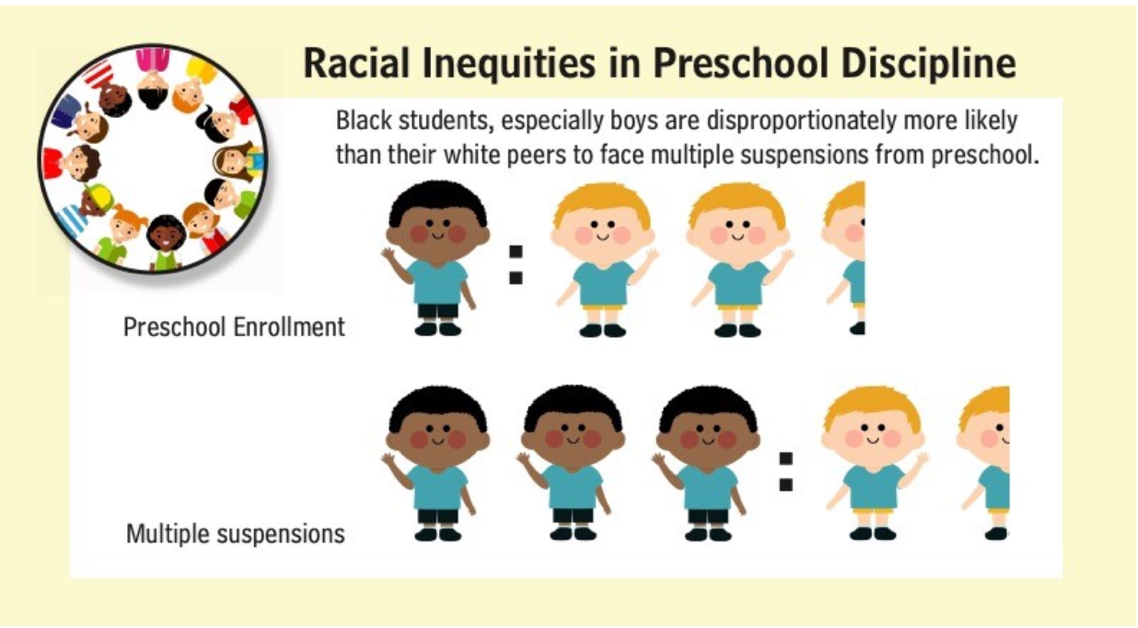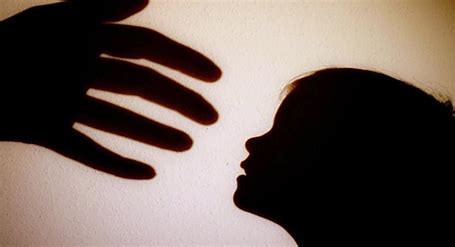On Children
Factors
that Influence the Effects of Traumatic Event: The effects of traumatic events can be influenced by a number of
factors. Depending on the specific nature of the event, these may include:
- The severity of the event
- Age at the time of the events
- Prior mental health history
- How badly a child was hurt or could have been
- How close a child was to were to where the event happened
- What or who stopped the event and whether anybody came to help
- How adults or caregivers reacted upon disclosure (e.g., whether
they believed the child and supported them)
- How many times the event happened and over how much time
- If the event resulted in long-lasting
disruptions
- If the child had experienced other traumatic
events prior to this one
Immediate
impact: There
are a number of potential immediate ways children can be impacted by trauma
exposure and it will vary by developmental age.
For example:
- Can
increase risk of additional traumatic events
- Posttraumatic
Stress, Depression, Anxiety, & Other Disorders
- Numbness,
Desensitization to Threat
- Subsequent
Victimization
- Recklessness
& Reenacting Behavior
Long
term potential impact
- Decreased
Capacity to Regulation Emotion & Attention
- Impaired
Social Development
- Impaired
Cognitive Development: IQ, Language
- Poor
Academic Performance
- Substance
Use/Abuse
- Disparities
in the classroom
Specific
to early childhood education, it is important to acknowledge that there are
racial inequities in preschool discipline.
According
to the National Prevention Science Coalition, Black preschoolers account for
47% of those suspended even though they represent 19% of the enrollment.
Southern
states such as Louisiana, Mississippi, South Carolina, Georgia, and Texas drive
much of the difference between Black and White children.

From
https://www.npscoalition.org/post/racially-disproportionate-discipline-in-early-childhood-educational-settings
A
number of resources exist for teachers such as those that are part of the
National Association for the Education of Young Children (NAEYC)- (https://www.naeyc.org/standing-together-against-suspension-expulsion-early-childhood-resources)
According
to researchers from Yale Child Study Center, implicit bias may help to explain
the relatively high expulsion rates for black children (2016) - Link to Article (https://news.yale.edu/2016/09/27/implicit-bias-may-explain-high-preschool-expulsion-rates-black-children)
They
used eye tracking technology and found that preschool teachers were more likely
to closely observe black students (especially boys) when challenging behaviors
were expected. They also found that black preschool teachers held black
students to a higher standard of behavior. Researchers speculated that black educators
might be demonstrating “a belief that black children require harsh assessment
and discipline to prepare them for a harsh world.” And that white educators
“may be acting on a stereotype that black preschoolers are more likely to
misbehave in the first place so they judge them against a different, more
lenient standard than what they’re applying to white children

On Families
Immediate
impact
- According to the NCTSN, traumatic events can happen to any or all members of a family and all families experience the trauma differently. While some families may show signs of resilience and provide support to one another, others may experience more stress and have problems maintaining roles/functions in the family in the short term.
- Research shows there are a number of relationships that can be strengthened or stressed through traumatic events and can impact many aspects of how families function. Examples of relationships that can be impacted include extended family relationships, sibling relationships, adult intimate relationships, parent-child relationships, and relationships with the broader community.
To learn more, please read this Fact Sheet: Trauma and Families; Fact Sheet for Providers (PDF, external link)
On
Early Childhood Caregivers/Teachers
o
Immediate
impact
o
Long
term potential impact
https://www.virtuallabschool.org/focused-topics/trauma-informed-care/lesson-3?module=14486
https://www.virtuallabschool.org/focused-topics/trauma-informed-care/lesson-4
https://eclkc.ohs.acf.hhs.gov/mental-health/article/understanding-trauma-healing-adults
https://eclkc.ohs.acf.hhs.gov/video/early-essentials-webisode-6-professionalism-self-care
Resiliency
What
is resilience?
- The
ability of child to recover and show early and effective adaptation after a potentially
traumatic event
- The
ability for a child to respond to the event with minimal distress or impact on
daily functioning
- Caregivers
may see a temporary dip in ability to cope followed by early and effective
return to a child’s usual functioning
What
makes adults uniquely effective at the promotion of resilience?
What
factors might promote resilience after exposure to a traumatic event?
- External:
- Support
from parents, friends, school, and community (e.g., strong relationship with
caregiver/adult)
- Resources
that buffer negative consequences
- Feeling
safe at home, school, and/or community
- Internal:
- Heightened
self-esteem and self-worth
- Sense
of self-efficacy
- Meaning
in one’s life (e.g., spiritual or cultural beliefs)
- Talents
or skills in certain areas (e.g., art, sports)
- Adaptive
and flexible coping skills
Give
a warning to students about the potential for emotional responses to the
content of this Futures without Violence “Chad” video. Let them know they have
a choice to watch or take a break.- Maybe
prompt them to think about all of the potential ways Chad has been exposed to
trauma. Then have them think about the factors in Chad’s life that have helped
him to become resilient.
- Open
up a discussion about how students can help children become more resilient in
their future work.
-
 Course Dashboard
Course Dashboard
Background Colour
Font Face
Font Kerning
Font Size
Image Visibility
Letter Spacing
Line Height
Link Highlight
Text Colour


